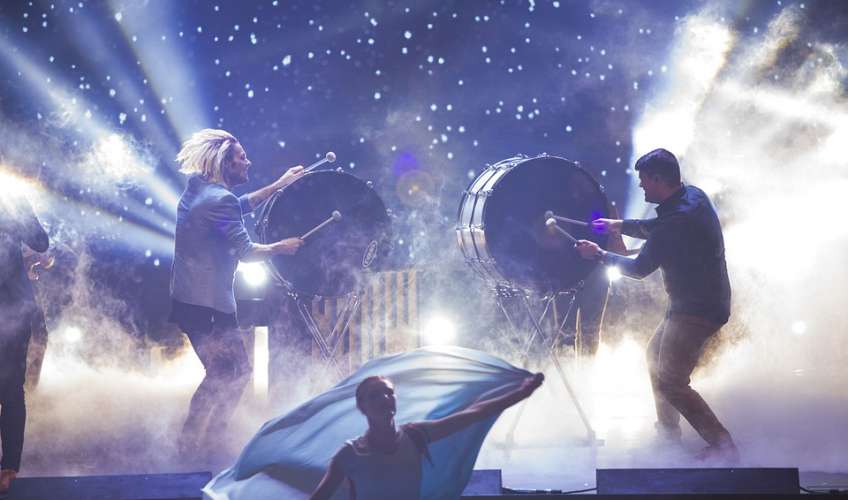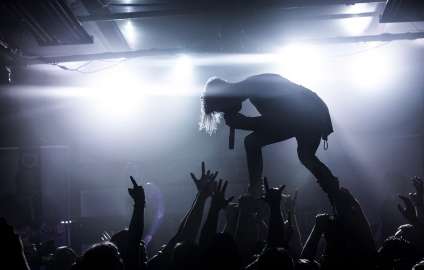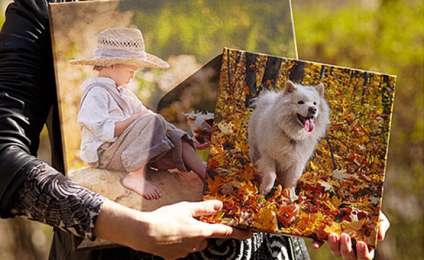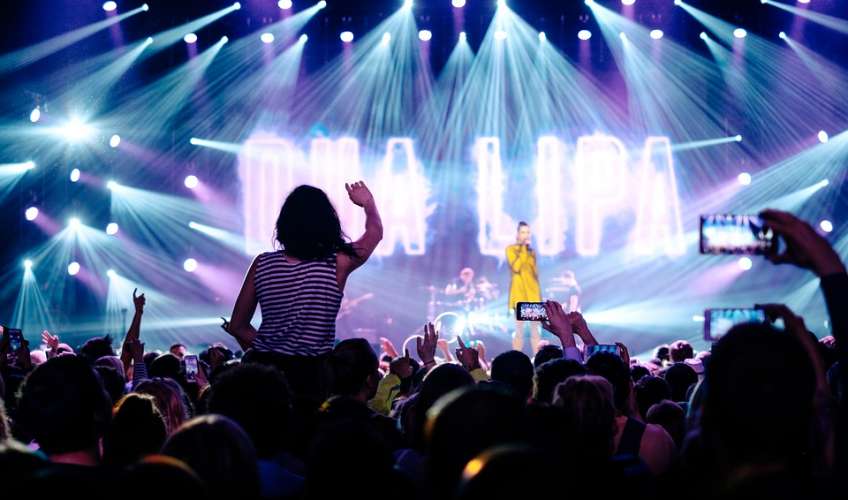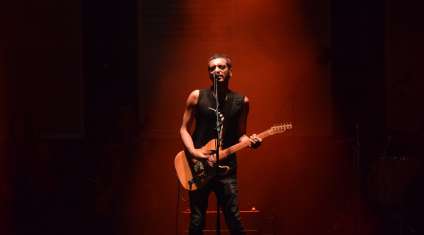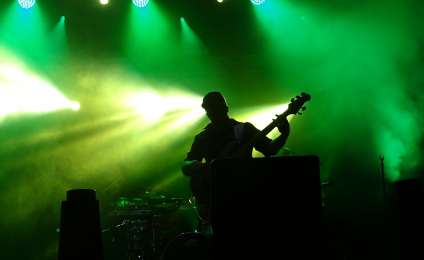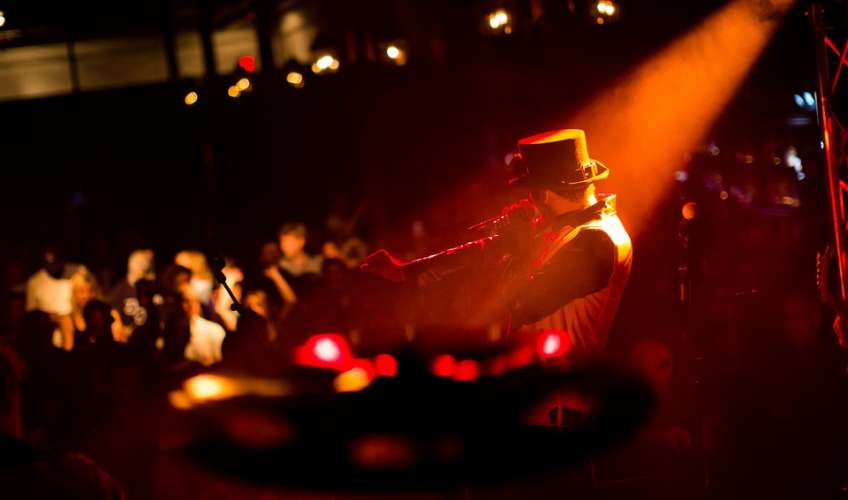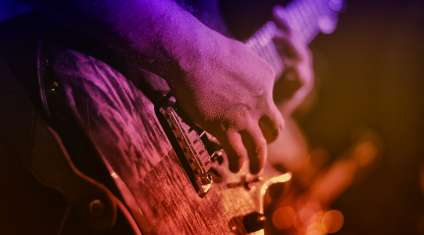How to take photos at a concert
Published: 29.10.2019
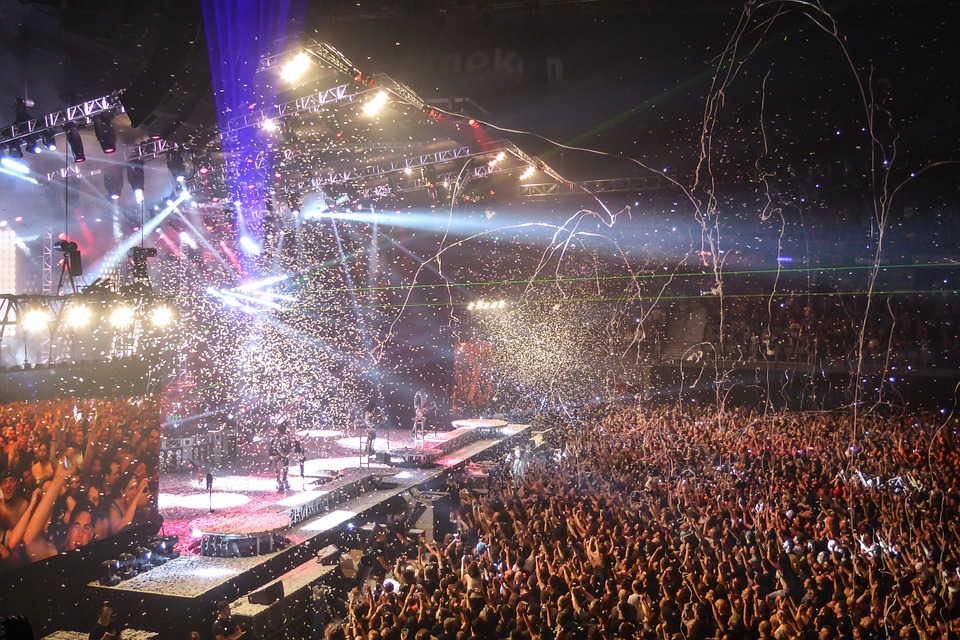
Concert photography, unlike staged photography, is one of the most challenging genres in photography. In concert photography, almost every parameter in the picture is not controlled.
The object being photographed cannot be directed, there is no control over the constantly changing lighting, and there is no access to shooting from any angle.
Furthermore, it's important not to forget that there are people around who have paid good money to enjoy the show, and they don't care if they end up in the frame. Additionally, at concerts, the photographer is limited by a certain amount of time or number of songs. It seems like a mission impossible. Although photographing a live show is not only simple and intuitively understandable, it is much easier than most people think. By the end of this article, you will be surprised at how simple it is.
Start taking photos where there are fewer distractions. To do this, attend relatively small shows. There you can take any position and shoot from any angle. If you have a familiar music band, go see them - it will be a good start.
Turn your great photos into a Light album. You don't need to print the photos separately for this. We will print your photos directly onto the pages of the Light album. Upload your images to the free Mapi7 editor and create a themed Light album. You can upload photos from your phone.
The person behind the camera is more important than the camera itself.
Whether you agree with it or not, there are several areas in photography where equipment is very important, and one of them is concert photography.
Due to the dim lighting at performances, use lenses with a wide aperture (f/2.8, f/1.8, f/1.4) and cameras that allow you to take photos at high ISO without noise.
"In dynamic shows, such as rock bands, use relatively high shutter speeds to freeze the movement of a wild drummer or jumping singer. At these moments, you will appreciate good equipment. But don't be disappointed if you don't have such a perfect camera."
Increase the ISO, even if the image will be noisy.
It is better to take a slightly noisy picture and then reduce the noise using editing software, or even keep the noise, than to end up with a blurry image without noise just because a low ISO needed to be compensated for with a long exposure time.
An alternative to such noisy photographs would be a black and white shot.
"Correct exposure"
One of the challenges in concert photography is measuring the lighting and selecting the correct exposure. In live shows, it is important to measure the light from the point you want to expose, using spot metering.
Several sets of repetitive lighting are used at concerts. Determine which parameters are suitable for your shot.
Check the histogram and the presence of overexposed points. Make sure that important objects in the frame are properly exposed. Otherwise, you will see an overexposed or underexposed image on the computer screen.
Since it is difficult to find the best exposure, shoot in raw format to compensate for it later.
"Every photo is a masterpiece! Don't hide unique shots from the viewers in your phones and cameras. A worthy way to showcase your talent and preserve memories is to print photos on canvas."
"Should I use flash or not?"
At the concert, hundreds of camera flashes from people trying to capture the show. Therefore, your flash will not affect the lighting of the singer. At best, the flash will do nothing, and at worst, it will ignite cigarette smoke around you or the bald spot of those in front of you.
Another problem is using the camera in automatic or semi-automatic mode. The camera doesn't know that you are interested in a scene far away, so it lets less light into the sensor - resulting in a dark picture. So, if you are far from the scene, turn off the flash.
If you are close to the stage and use flash, the artist will indeed be bright, but the background will be dark. What's the solution? Measure the light depending on the lighting until you get the right exposure. Or add flash to get lighting that reflects the atmosphere. Flash will illuminate the singer and freeze their movement. Therefore, despite the slow shutter speed, your subject will not be blurry.
Of course, you can bounce the flash and avoid harsh direct light that flattens the subject's face and causes red-eye effect. If the ceiling is high or dark, bounce the flash off white paper or soften it with any diffusers. Another option for using flash is when you have access to the scene. In this case, set up flashes on the scene in advance, which will be triggered remotely and give you natural-looking photos.
"In anticipation of the spotlight"
When it's too dark, and you are far from the stage and cannot use a flash, wait until a pinpoint, narrow, focused, and strong light shines on the artist. Dark images illuminated only by a spotlight will look much better than a shot where everything is lit up.
It is important to remember: photographing a concert is not documentary photography, where it is important to see everything.
Concert photography should convey a specific atmosphere and lighting. At concerts, there is rarely enough light on the stage. Fixed lighting makes photographing easier, but it can also create dull and cliché images.
"Silhouettes as a solution"
Compact cameras, old cameras, or lenses with an aperture of more than 2.8 can create problems when shooting a well-lit subject. One solution is to shoot silhouettes. Choose a very clear silhouette so that the viewer can see and understand what the object in the frame represents, even if it is not illuminated. Take these kinds of photos when there is no light on the subject, and there are light sources behind a group/singer/dancer.
"Color"
"At most concerts, the dominant color is red. Lighting designers love this colored light, which is usually hated by photographers. You have to be careful not to overexpose the red color. It's better to take a slightly underexposed photo in its raw form, and then add brightness later."
Another way to deal with this is to make friends with a lighting specialist and ask them to use special light sources - you will be surprised, it works. If you have not succeeded with these two methods and find yourself in front of the computer with an inaccurate picture, switching to black and white image will help improve the photo.
Composition
So far we have only talked about the technical aspects of concert photography, but we must not forget about composition. A technically flawless concert photograph requires a story and a good, interesting composition. Sometimes a close-up image of a guitar is enough, and sometimes you need to capture the whole band together. It all depends on your artistic taste and the capabilities of your equipment.
There are no strict rules in concert photography. It all depends on the lighting effects of the show. Concert photography is a challenging task, but with a little practice, you will achieve good results.


